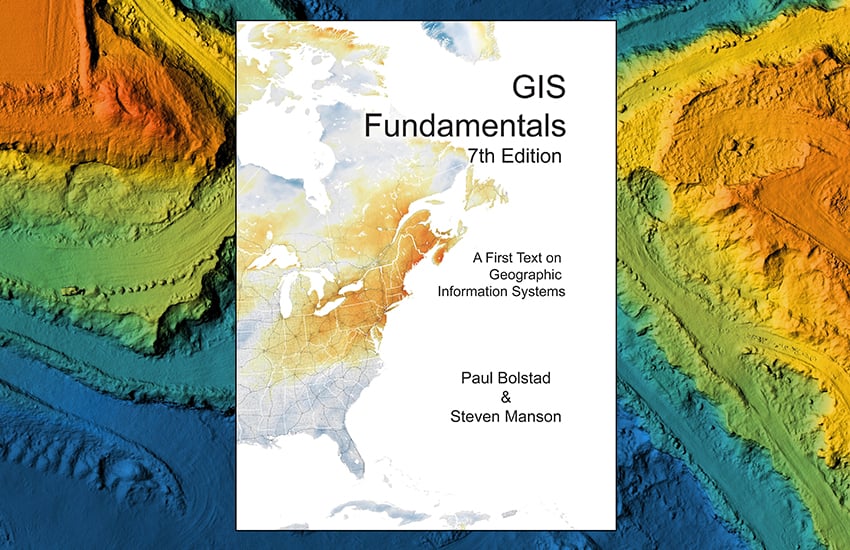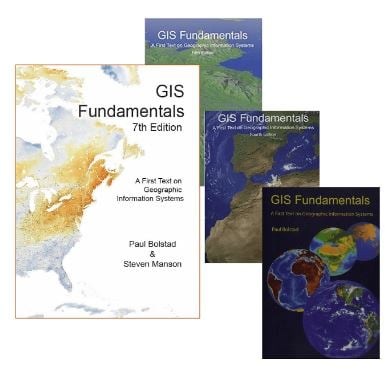XanEdu's FlexEd GIS Fundamentals provides an introduction to the theory and application of GIS, including how to use GIS software. Ideal for use in a first-year GIS class, the FlexEd course balances theoretical and practical material so that students learn the basics and then can apply GIS to real-world problems. Extensive integration of video paired with ample practice activities makes the course material more accessible to students.
Schedule a Personal Demo.
Let us help you deliver the perfect course for your students!

Suitable for:
First-year GIS classes. The course balances theoretical and practical material so that students learn the basics and then can apply GIS to real-world problems.
Great for:
In-person, online or blended learning.

XanEdu FlexEd knows that the way you teach is unique. That’s why we allow you to take what we’ve built and use it as-is, or modified to fit your syllabus.
Our simple editing process allows you to rearrange, add or remove content, embed videos, links or change quiz questions to better match your course.
Need to collaborate with other instructors? With XanEdu FlexEd you can share your content with colleagues. Life just got a lot easier.

Accessible: Available on the Web, with the iPad app, or as a direct link from your LMS. No downloads, plug-ins or pop-ups necessary.
Onboarding Support: Training videos and access to actual human beings will help you get your course launched smoothly.
Easy to Purchase: Students simply register and buy, and we can work with your bookstore as needed.

Paul Bolstad
Steven Manson
The University of Minnesota
GIS Fundamentals has been used at hundreds of institutions by more than 200,000 students on four continents.
In 2002, Paul Bolstad set about writing a comprehensive, accessible, and reasonably-priced textbook for his students. He was motivated by the too-high price and incomplete coverage of GIS books then on the market. He discovered that a self-published, gray-scale paperback would be one-third the cost of a typical textbook, and has been gratified by the widespread adoption of his text. Now in the Seventh Edition, students and instructors use GIS Fundamentals because the text has continued to deliver on these basic ideas.
Paul is a Professor in Forestry Resources at the University of Minnesota, with over 35 years teaching, researching, and applying GIS. He has over 250 publications and presentations, work that has been cited more than 15,000 times. He has directly taught more than 5,000 students in his university-level GIS courses.
Steven Manson joined Paul in writing the Seventh Edition. He is Professor in Geography, Environment, and Society at the University of Minnesota, with over 20 years teaching and researching in GIS. He has over 100 publications and presentations, work that has been cited almost 10,000 times. He has taught thousands of students in his GIS courses.

Topics are introduced with short, engaging videos. Text readings and practice activities provide detail and enable applied learning.
You’ll know how much time your students are spending learning, what material they’re working with, and when they lose engagement, so you can keep them on-track.
All material is loaded and ready-to-go, including video, textbook, discussion boards, in-class presentation, quizzes and practice activities.
XanEdu FlexEd courses are 80+% less expensive than alternatives. No extras needed. Honest.